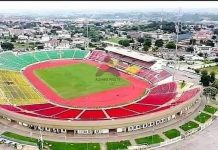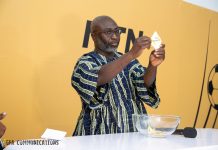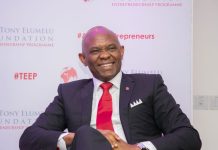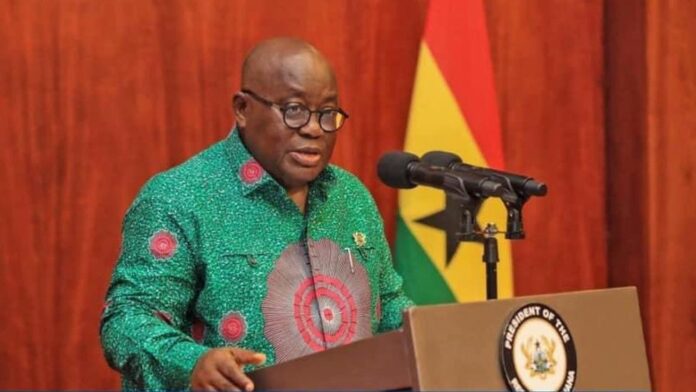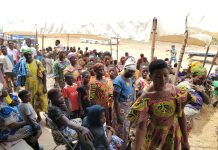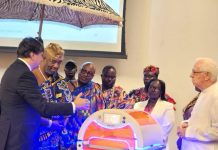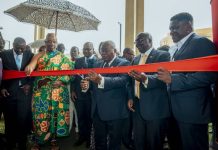For over four decades, the Akosombo Hydroelectric Dam, constructed in 1965, was the main source of Ghana’s electricity supply for household and industrial use, with the Volta River Authority (VRA) handling production, Ghana GRID Company GRIDCo in charge of transmission and the Electricity Company of Ghana (ECG) as distributors.
Due to general increase in population and increased access rate across the country through the implementation of the Rural Electrification and the National Electrification Scheme (NES) by successive governments, Ghana, between 2007 and 2017, experienced severe electricity supply challenges costing the nation an average of $2.1 million in loss of production daily, according to the Centre for Global Development (CGD) 2017 Policy Paper 109.
The situation, according to the report, developed, causing intermittent power cuts (locally referred to as dumsor) in Ghanaian communities even though installed generation capacity had more than doubled over the period; increasing from 1,730 MW in 2006 to 3,795 MW in 2016.
The main challenges hindering electricity supply, according to the CGD, can be attributed to several factors, including a high level of losses in the distribution system, mainly due to the obsolete nature of distribution equipment, as well as non-payment of revenue by consumers.
Other factors identified are overdependence on thermal and hydro sources for electricity generation and a poor tariff structure, which makes it difficult for utility companies to recover the cost of electricity production.
In the first quarter of 2021, parts of the capital city, Accra, experienced intermittent power cuts which were heavily condemned by Ghanaians on social media.
On April 20, 2021, the Electricity Company of Ghana released a special load shedding timetable for selected communities within the Greater Accra Region starting from May 10 to May 17.
According to ECG, the exercise was planned in collaboration with GRIDCo, to facilitate ongoing construction works at the Pokuase Bulk Supply Point (BSP), the site of a major interchange project sponsored by the Millennium Challenge Corporation (MCC).
Ghana’s Minister for Energy, Dr. Matthew Opoku Prempeh in his press briefing on the energy sector, held on May 18, 2021, under the topic ‘Delivering Reliable and Affordable Power,’ highlighted three thematic areas which are government initiatives aimed at improving power transmission, making it affordable and cutting power production cost to boost overall efficiency and productivity in the country.
According to the overview on the power sector by the Ministry of Energy, Ghana has the highest electricity access rate in Sub-Saharan Africa, with an estimated 85% national average access rate.
Currently, Ghana’s main sources of electricity are hydroelectricity, thermal fueled by crude oil, natural gas and diesel, solar, and imports from La Cote D’Ivoire.
Ghana also exports electricity to Togo, Benin and Burkina Faso.
The author, Lord Kweku Sekyi, is News Editor for AmaGhanaonline










